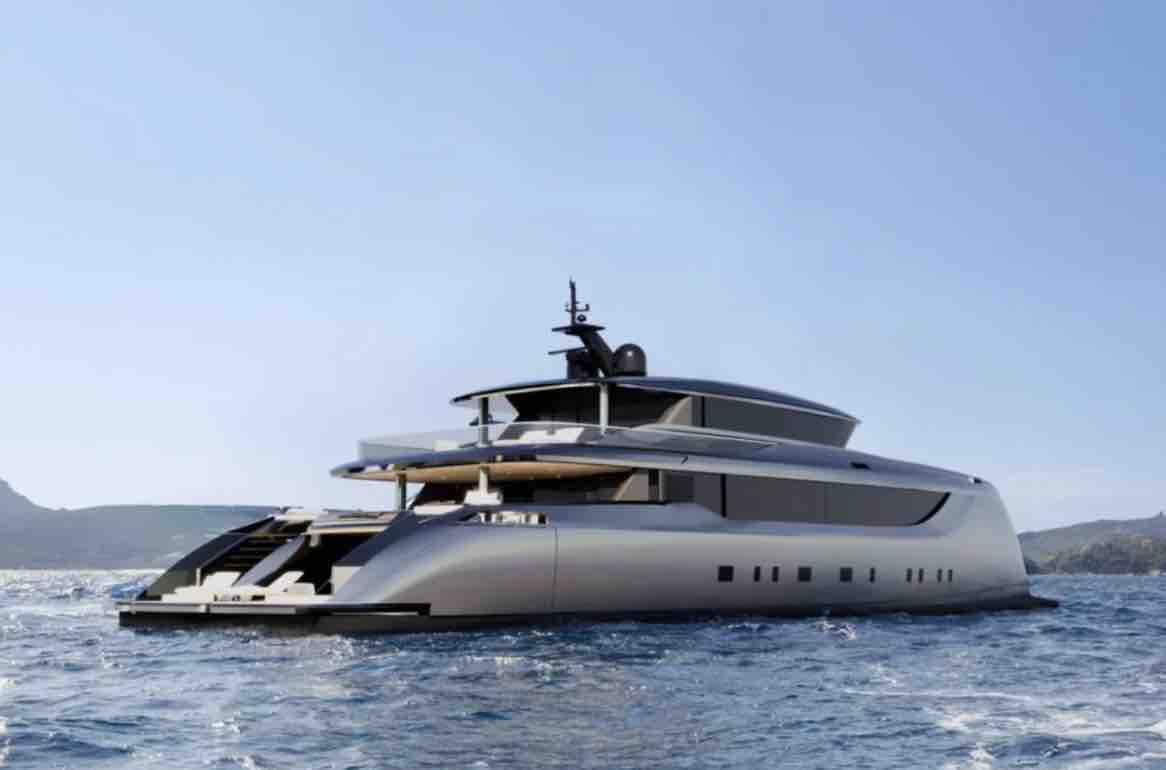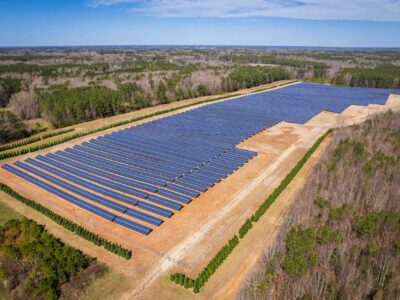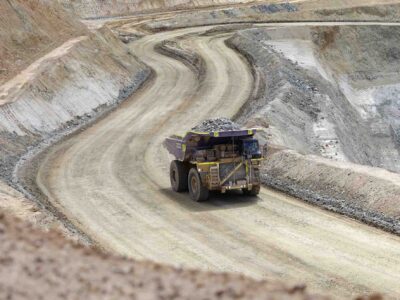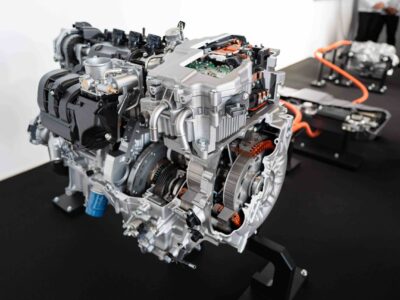Sunreef Yachts, based in Gdansk, Poland, is a premier builder of eco-friendly luxury vessels, particularly catamarans. The company launched the world’s first 74-ft luxury catamaran with a flybridge, earning international recognition. Since 2002, the company has been a leader in sustainable ocean travel, developing hybrid engines and reintroducing canvas sails for zero-emission propulsion.
Continuing to innovate sustainable boats, Sunreef is building another. The 40-meter (131-foot) Explorer Eco contains “solar skin” that absorbs the sun and sends power to the AC/HVAC, shower, and jacuzzi. When utilized at full potential, the solar skin can produce a 40-kilowatt peak.
The boat has two 540 kW motors and 920 kWh battery packs, which have enough power to cross oceans. It accommodates 10 people and holds a crew of seven.
Though smaller than some of Sunreef’s other yachts, the power is not sacrificed for a shorter length. Top speeds are recorded to reach 10 knots at cruising speed and 14 knots maximum. Construction will occur either in Gdansk on the Baltic Sea or in the United Arab Emirates (UAE), where Sunreef recently established a new shipyard.

Photo Courtesy Sunreef Yachts
An inauguration ceremony was held in Ras Al Khaimah, UAE; Dr. Jakub Slawek, Poland’s ambassador to the UAE, Francis Lapp, Sunreef CEO and owner, and Lech Walesa, former Polish president, gave speeches. Initially, the shipyard was commissioned to build Sunreef’s Ultima line, but that may change. Sunreef also had a strong presence at the 2024 Dubai Boat Show.
Sunreef has specialized in green propulsion for years. Electric catamarans offer plenty of climate benefits outside of no emissions. These boats are quieter and fume-free, which is better for our health.
Hybrid engines are also better for transatlantic travel, and electric/solar vessels are better for transpacific travel. Some Sunreef yachts even incorporate sails, not fiberglass sails seen on cargo vessels today. We’re talking about real canvas sails that can add supplemental propulsion. The catamaran design is also not a fluke, as these are smaller, lighter boats that require less energy to move.
“Due to lesser moving parts and advanced technologies, hybrid yachts account for lesser maintenance and operating costs in comparison to traditional yachts,” a company blog post about hybrid yachts said. “Better yet, the reduced wear and tear on the internal combustion engine leads to longer engine life.”
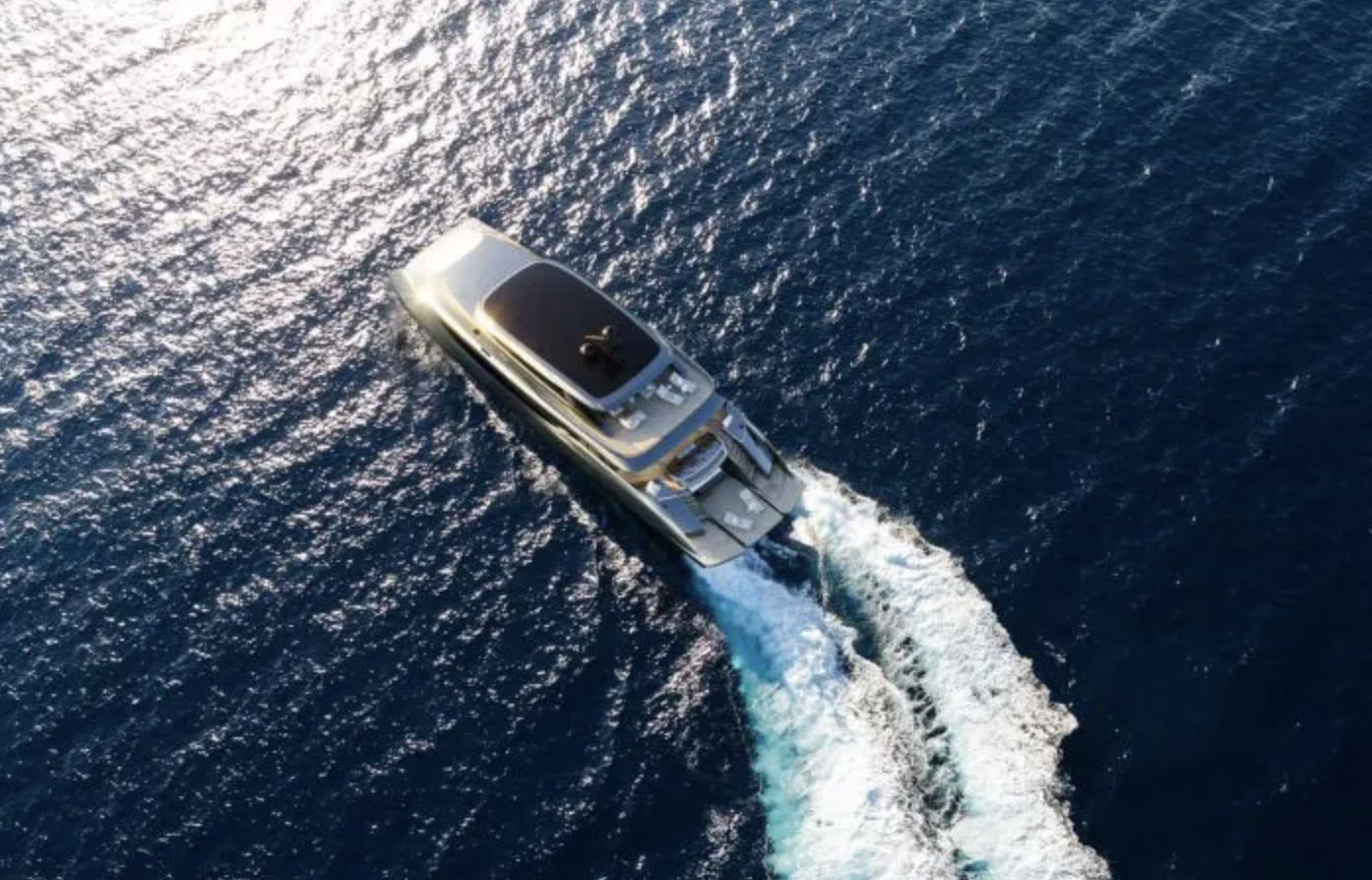
Photo Courtesy Sunreef Yachts
Efficiency goes into the design of every yacht. The hill is designed to make cruising as hydrodynamic and aerodynamic as possible. Simulations are run at the shipyard to ensure peak performance and energy efficiency are reached. The boats undergo rigorous testing in various simulated sea conditions before reaching the showroom.
Sustainability also goes into the interior. Linens produced from flax and basalt rock are utilized for furniture, masts, and other structures.
The hull even uses basalt for strength, the catamarans use little to no leather, and all hardwood floors are made with reclaimed teak wood from old houses and boats. Salis are also recyclable and can be turned into canvas bags if no longer fit for sailing.
Sunreef’s climate-conscious and efficient designs have won the company multiple awards — too many to list here. The company history page breaks down when and why they won these honors. The next addition to the Sunreef Eco yacht line proves that renewable energy can be incorporated into even the wildest inventions.We won’t see the Explorer Eco until 2027 at the earliest. Usually, building a vessel takes about three years. It joins Lürssen Yachts and Candela Boats in the zero-emission personal boat-building scheme.

